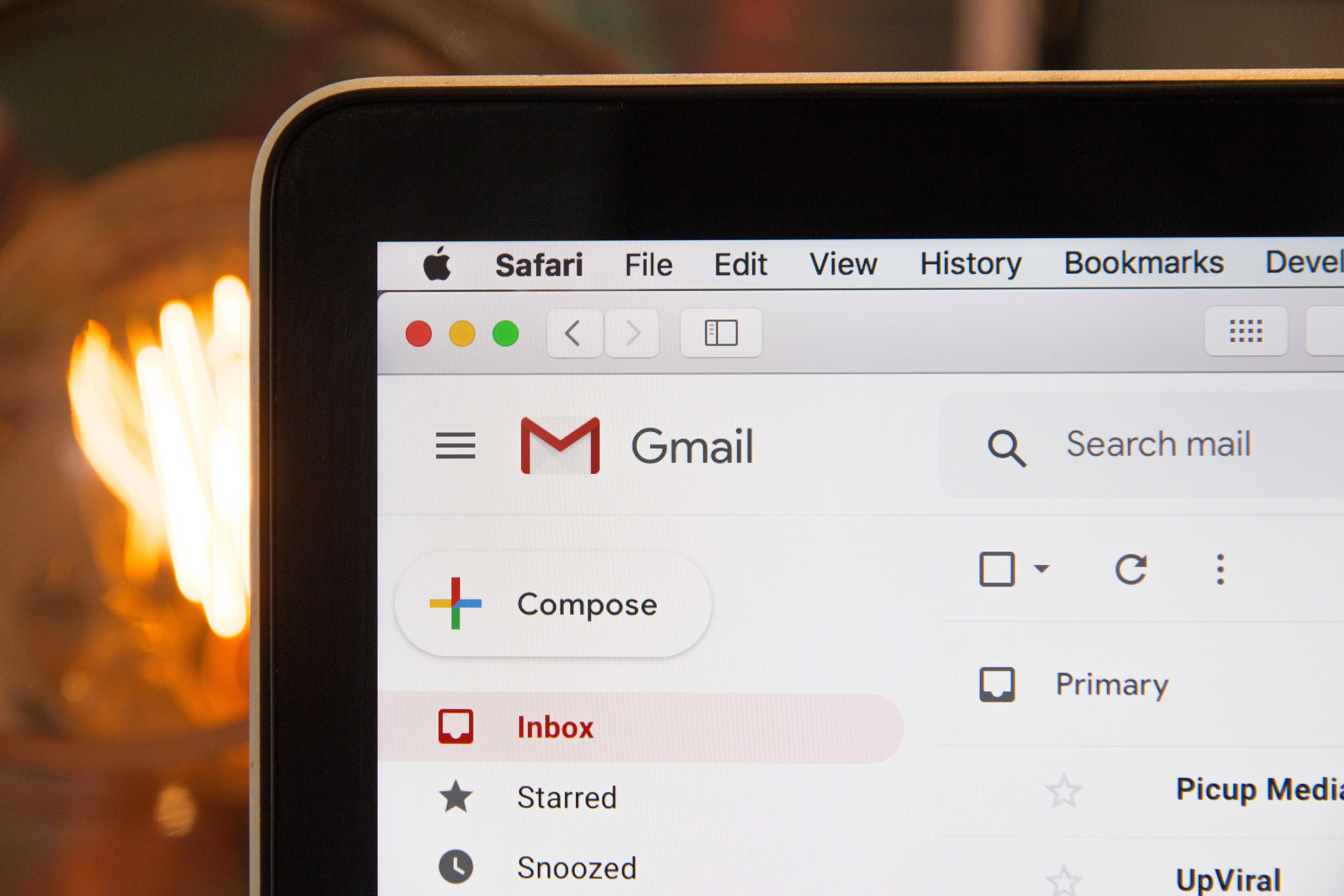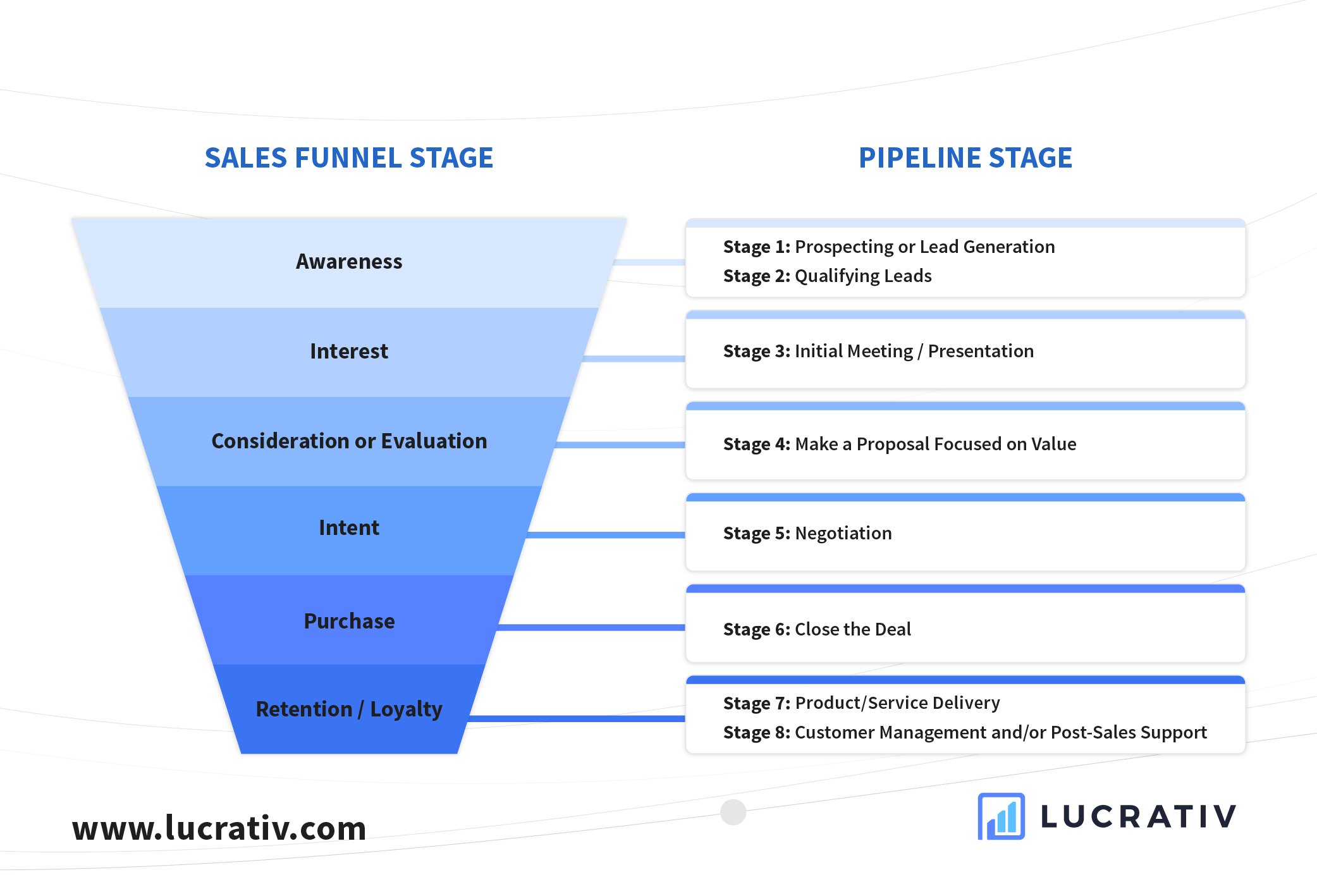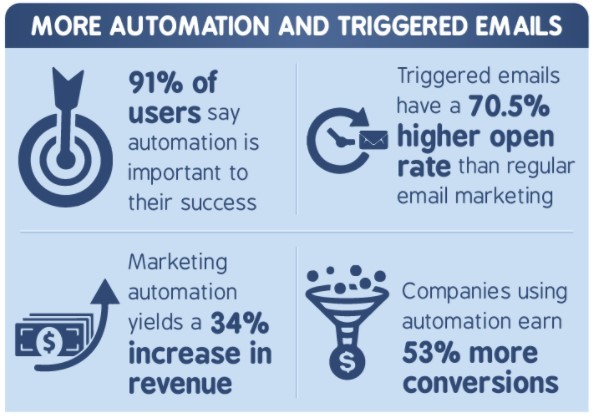
These days, content plays such a big role in sales and marketing. When you integrate relevant, valuable, and useful content in all your marketing channels—website, blog, social media, inbound, outbound, SEO, PPC, promos, emails, and more—that is content marketing.
One of the tenets of content marketing has always been to personalize the content you create for the audience you are speaking to. In fact, a report points out that marketing campaigns without content relevancy have an 83% lower response rate. Lack of relevance leads to lack of engagement.
In sales, email is one of three common touchpoints or channels in a sales cadence for lead nurturing (or when you want to convert a lead into a deal).
Email marketing works. It’s how you do it that will make the difference between an email that will sit unopened in a client’s inbox and one that will generate a positive response. Personalized email content is the way to go.
How do you personalize content in your emails to prospects?
Of course, it goes without saying that you should have a target audience—and that you know who it is. For this, you must have your ideal customer profile (ICP) or buyer personas.
The next step in creating targeted, personalized content for your prospects is research. Read up on developments concerning their businesses (from social media, company website/blogs, PR, etc.). You can also follow the organization’s key leaders on social media.
You can also do a list segmentation to target specific demographics, groups, behaviors, and more.
Once you have the intel, you’re all set to tailor-fit email content for your prospect. Here’s how:

Main photo by rawpixel.com from Pexels
1. Personalize every email
For your email to resonate with the recipient, it should not read like a mass email blast.
- Write a subject line with a value proposition specific to what the prospect may need or want
- Address the recipient by his name
- Add details about his business and recent developments concerning it
- Link to relevant content from your company website, social media, or blog
- Create an individualized landing page that relates to the contents of your email and the needs of the prospect
- Ask targeted questions that show you’ve researched on his business and want to know more. The objective of your question(s) is to find out how you can help the prospect with a problem or need
- Sign off with all your contact details
2. Send content relevant to where the prospect is in the buyer’s journey or sales funnel
For reference, here’s a quick view of a sales funnel and the stages in a buyer’s journey:

Understanding where your prospect is in the buyer’s journey will help you personalize the content you forward to him. Use the opportunity to provide them with information they would need. For example:
- Awareness: send your company profile, links to relevant blog posts and website pages
- Interest: schedule a demo or presentation
- Consideration or Evaluation: share social proof (testimonials, product reviews, case studies)
3. Create content based on customer’s pain point(s)
A paint point is a problem that your prospect or customer has. Your content should then aim to offer a solution for his specific paint point. Some examples of pain points:
- Prospect is looking to spend less
- Prospect wants to improve an internal process
- Prospect wants to increase productivity
- Prospect wants to generate more revenue
Social proof is usually great content for these scenarios because they illustrate how you’ve fixed the problems of happy clients. You can share case studies or testimonials of how your product/service helped past projects/clients who had similar problems.
Making offers is also a great lead nurturing tactic. You can make a limited time offer that addresses their need to spend less, for example.
4. Use triggersYou can send content based on a potential customer’s behaviorial triggers: when he clicks on links you sent in an email; visits your site and then downloads an e-book or white paper from it; engages in a post on social media; and so on.
A study shows that these automated emails have a 70.5% higher open rate than regular emails, along with these other benefits:

(source)
When prospects demonstrate some kind of engagement, you should seize the chance and engage back with valuable information. Speed is also key: make sure to respond right at the moment (or very soon after) the moment of engagement.
Main photo by Host Sorter on Unsplash





